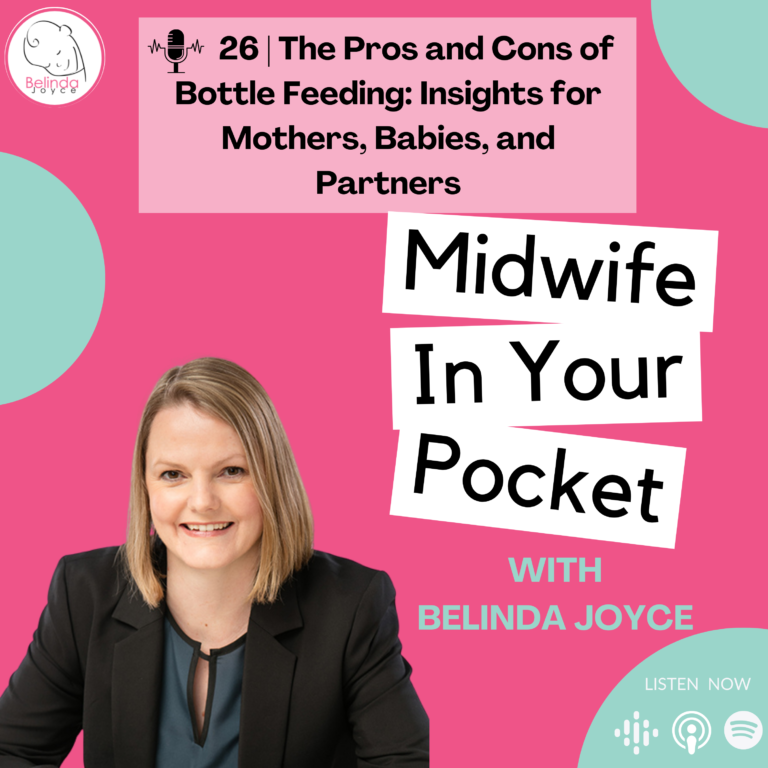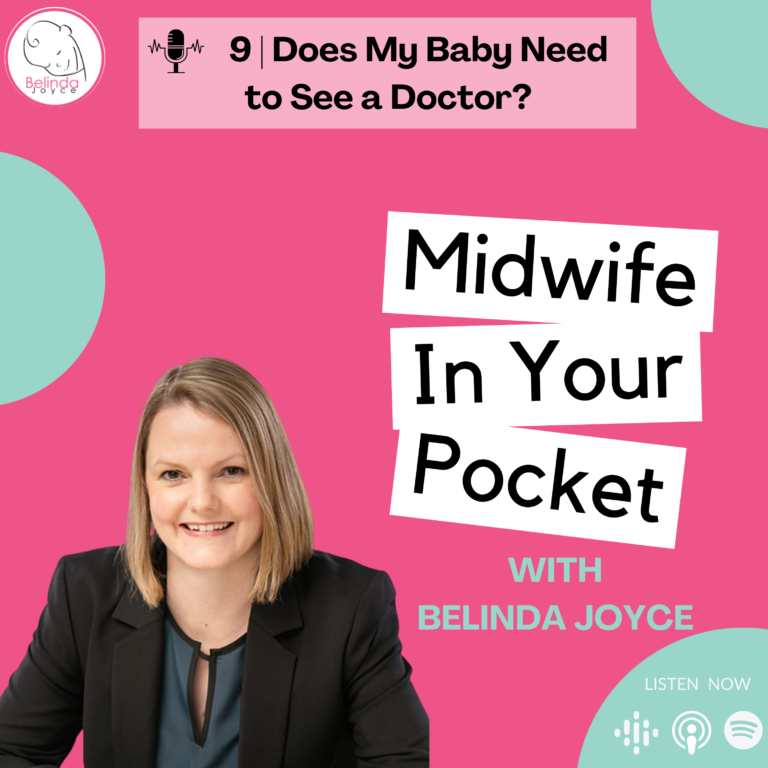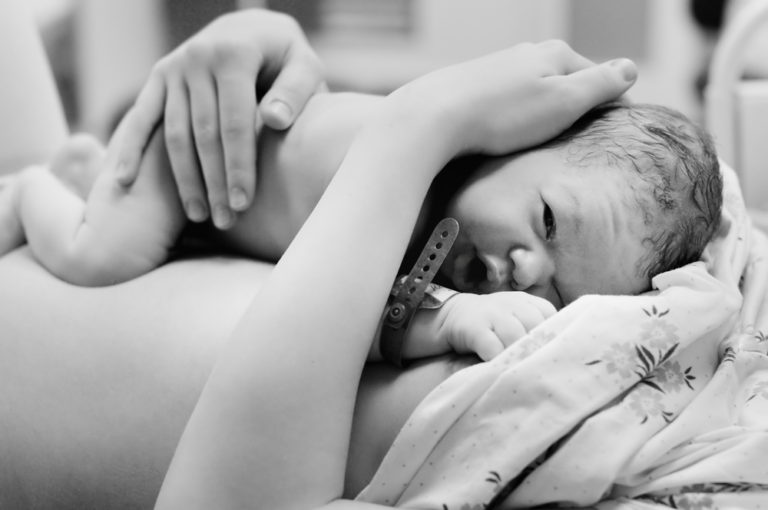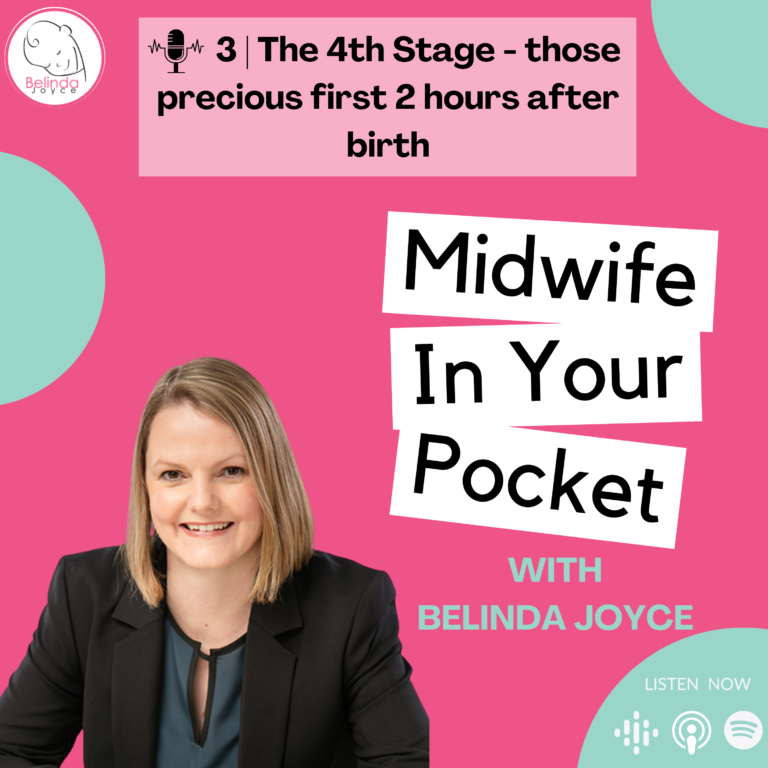Episode 18 | Cloth vs. Disposable Nappies: A Comprehensive Guide for New Parents
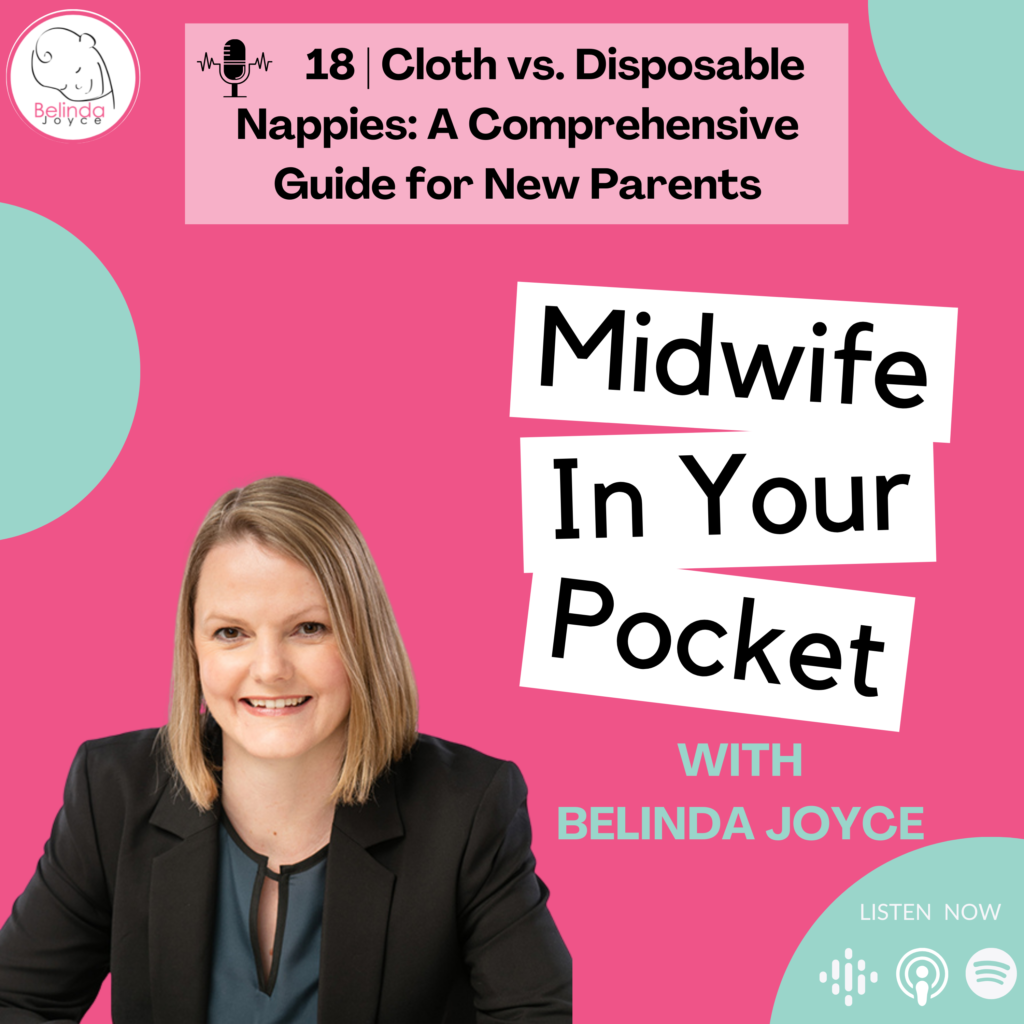
Ep 18 | Cloth vs. Disposable Nappies: A Comprehensive Guide for New Parents
Navigating the world of nappies can be a bit overwhelming, but we’re here to help you make an informed decision. Whether you’re leaning towards cloth or disposable nappies, this episode will walk you through the pros and cons of each, helping you find the best fit for you and your baby.
First off, let’s talk about the sheer volume of nappies you’ll be dealing with. Babies and toddlers can go through 6000-7000 nappies before they’re toilet trained. That’s a lot of nappies, and it’s no wonder it feels like you’re changing them all day!
Starting with cloth nappies, they offer some great benefits:
– Reusable – This means less waste ending up in landfills.
DISCOVER HOW TO SURVIVE & ENJOY YOUR BABY!
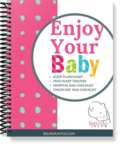 The pack is full of checklists and printables to help you improve sleep challenges with our flowchart, decide what to take to hospital, what equipment is essential, what to put in your nappy bag and so much more
The pack is full of checklists and printables to help you improve sleep challenges with our flowchart, decide what to take to hospital, what equipment is essential, what to put in your nappy bag and so much more
– Cost-Effective – Though the initial cost is higher, they become cheaper over time.
– Chemical-Free – No chemicals, which can be gentler on your baby’s skin.
– Variety – You can choose from a range of colors and patterns.
– Sustainable – They can be used for future babies too.
However, there are also some downsides to consider:
– Upfront Cost – Setting up with cloth nappies can be expensive.
– Learning Curve – It takes some skill to fold and use them properly.
– Frequent Changes – Cloth nappies need to be changed more often.
– Laundry – Washing, drying, and folding require time and effort.
– Messiness – Removing solids can be messy.
– Accessibility – You’ll need access to washing facilities, which can be tricky when traveling.
There are various options within cloth nappies:
– Terry Toweling or Flannelette Squares: The least expensive, with a setup cost of around $100-$200.
– Pre-folds: These are flat cloths with padded inserts and are more expensive than squares but cheaper than modern cloth nappies.
– Modern Cloth Nappies: Shaped like disposables, they use Velcro or press studs. They’re made from materials like bamboo, and initial set-up costs can exceed $1000.
Modern cloth nappies come in three main styles:
1. All-in-Ones: Waterproof and absorbent layers are sewn together.
2. All-in-Twos/Snap-in-Ones: Separate waterproof and absorbent layers that snap together.
3. Pocket Nappies: Have a pocket for absorbent inserts which are washed separately.
While the initial investment is significant, reusable nappies can save you money in the long run. Look for sales, trial packs, and even secondhand options. You’ll need at least 20 nappies, and some cities offer nappy libraries or washing services.
Washing cloth nappies involves costs for water, detergent, and possibly using a dryer. Follow the manufacturer’s instructions to ensure longevity. Dry pailing is a common practice: use a nappy liner, rinse soiled nappies, and store them in a bucket with a lid until you wash every second day.
Now, let’s look at disposable nappies:
-Convenience: No washing required.
– Availability: Easy to find and buy in bulk.
– Highly Absorbent: They draw liquid away from the skin, meaning fewer changes.
– Easy to Use: Simple to fasten and secure.
-Variety: Many sizes and brands to choose from.
– Lower Initial Cost: Cheaper upfront, often on sale.
But there are negatives too:
– Environmental Impact: Contribute significantly to landfill waste.
-One-Time Use: You’ll constantly need to buy more.
-Long-Term Cost: More expensive over time.
– Chemicals: Many contain chemicals which some parents prefer to avoid.
For eco-conscious parents, biodegradable disposables are available. However, they are pricier and often don’t degrade as effectively in landfill conditions. Look for clear claims on packaging and consider the overall environmental impact, including shipping.
In my own experience, I’ve used both cloth and disposable nappies. Cloth nappies were more economical but required extra work with washing and drying. Disposables, on the other hand, were incredibly convenient and helped avoid nappy rash. Many families find a combination works best: cloth at home and disposables when out, or cloth during the day and disposables at night.
Ultimately, the choice between cloth and disposable nappies is a personal one and can evolve over time. Ask friends and family for their experiences, discuss with your partner, and be open to changing your mind if needed. Most importantly, enjoy this special time with your baby, and good luck with all those nappy changes!
Connect With Belinda:
Web: www.BelindaJoyce.com
Facebook: @BelindaJoyceMidwife
Instagram: @belinda_joyce_midwife
TikTok: @belinda_joyce_midwife
Download Belinda’s FREE Baby Bundle:
- Checklists for baby equipment, hospital bag, nappy bag, travel & childcare bag
- Newborn Sleep Flowchart-what to do next
- Baby Feed & Sleep Tracker
LOVE THE MIDWIFE IN YOUR POCKET PODCAST?
Hey, Mama! Podcast reviews are super important on iTunes and the more reviews we receive the more likely iTunes will reward us and help us reach more Mums just like you who are looking for some support and community through this journey of motherhood. Review me on iTunes!
If you prefer to listen on Spotify, go ahead and rate the podcast, this helps too!
If you’ve loved this podcast, never miss another one! All you have to do is SUBSCRIBE to the Midwife In Your Pocket Podcast on your favourite podcast platform.
Music: https://www.purple-planet.com

